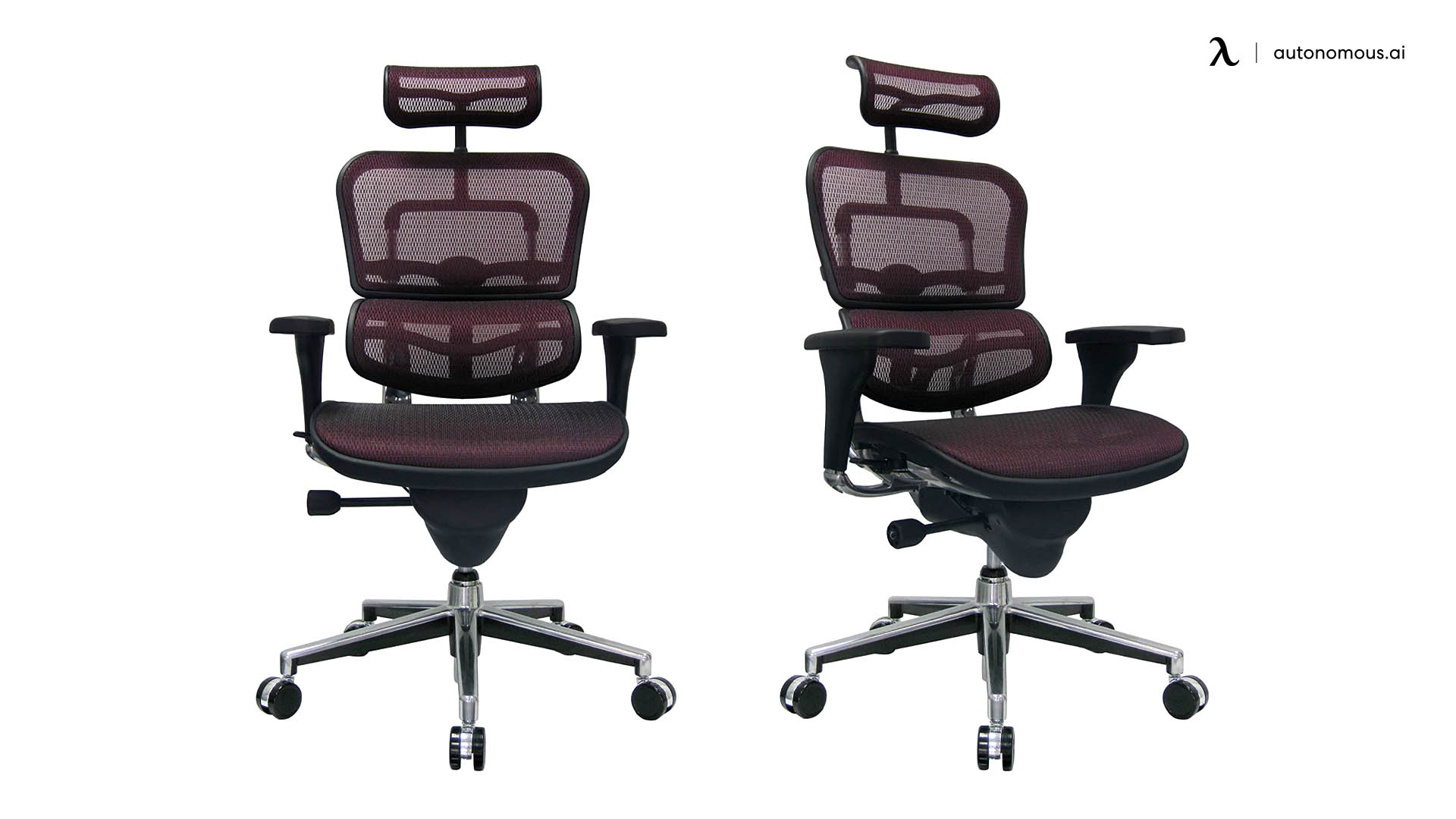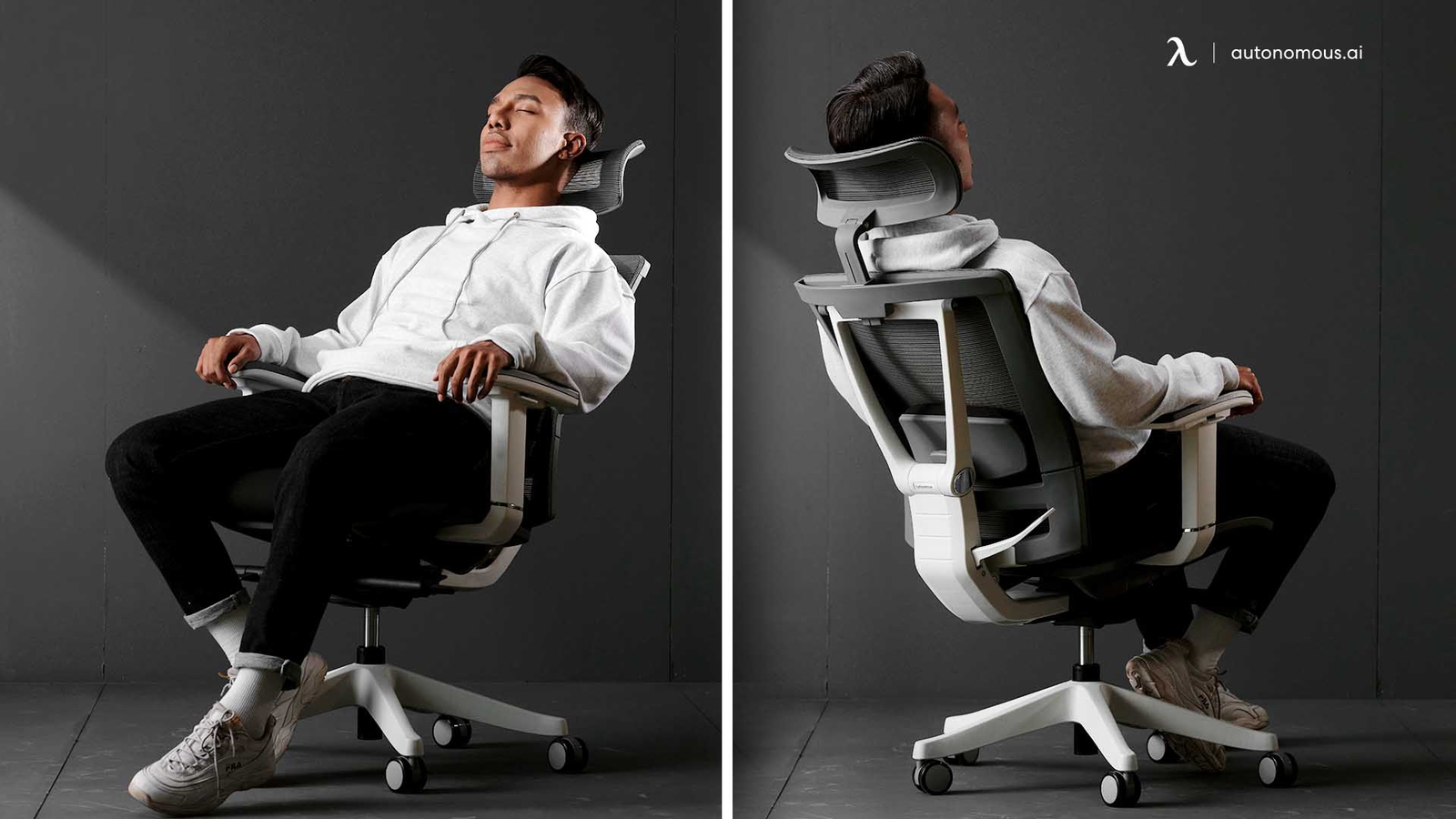Chair Types and Their Suitability: Best Office Chair For Neck Pain

Choosing the right office chair is crucial for alleviating neck pain. Different chair types offer varying levels of support and adjustability, impacting their effectiveness in reducing discomfort. Understanding the strengths and weaknesses of each type is key to making an informed decision.
Ergonomic Chairs and Neck Pain
Ergonomic chairs are specifically designed to promote proper posture and reduce strain on the body. They typically feature adjustable lumbar support, armrests, and headrests, all of which can significantly contribute to neck pain relief.
Key Consideration: The adjustability of an ergonomic chair is paramount. Ensure the headrest is positioned correctly to support the natural curve of your neck, and that the lumbar support adequately fills the space between your lower back and the chair. A poorly adjusted ergonomic chair can actually worsen neck pain.
Kneeling Chairs and Neck Pain
Kneeling chairs encourage an upright posture by placing the user’s weight on their knees and shins, rather than their buttocks. This can improve spinal alignment, which may indirectly alleviate neck pain by reducing strain on the upper back and neck.
Key Consideration: While kneeling chairs can improve posture, they may not directly address neck pain if the problem stems from poor headrest support or muscle imbalances. Prolonged use can also lead to discomfort in the knees and shins. A gradual introduction to this chair type is recommended.
Executive Chairs and Neck Pain, Best office chair for neck pain
Executive chairs, often characterized by their luxurious appearance and high-quality materials, vary widely in their ergonomic features. Some high-end executive chairs offer excellent support and adjustability, while others prioritize aesthetics over ergonomics. Their suitability for neck pain depends entirely on their specific features.
Key Consideration: Don’t assume that an expensive executive chair will automatically alleviate neck pain. Look for features like adjustable lumbar support, headrests, and armrests, and prioritize ergonomic design over mere aesthetics. Consider trying the chair before purchasing to assess its comfort and support.
Decision-Making Flowchart for Chair Selection
The selection of an appropriate chair depends on individual needs and the nature of neck pain. A simple flowchart can help navigate this process:
1. Assess your neck pain: Is it primarily due to poor posture, muscle tension, or a specific injury?
2. Consider your budget: Are you willing to invest in a high-end ergonomic chair or are you looking for a more budget-friendly option?
3. Evaluate your workspace: Do you have the space for a larger ergonomic chair, or would a more compact option be better suited?
4. Prioritize chair features: What features are most important to you? (e.g., adjustable headrest, lumbar support, armrests)
5. Test different chairs: If possible, try out different chair types to determine which offers the best comfort and support.
This flowchart provides a structured approach to finding a suitable chair, focusing on personalized needs rather than a one-size-fits-all solution. Remember, the most effective chair is the one that provides the best support for *your* individual needs and alleviates *your* specific neck pain.
Beyond the Chair

Even the best chair can’t completely eliminate neck pain if your overall workstation setup and habits aren’t conducive to good posture. Creating an ergonomic workspace is crucial for long-term comfort and health. Think of your chair as one piece of a larger puzzle; the other pieces are just as important for preventing and relieving neck pain.
Proper workstation setup significantly impacts your posture and reduces strain on your neck and back. A well-designed workspace allows your body to maintain a natural, relaxed position, minimizing the stress that leads to discomfort. Consider these key elements for optimal ergonomic design.
Monitor Placement
The ideal distance from your monitor is roughly an arm’s length away. This prevents you from straining your neck to see the screen. Imagine extending your arm straight out; your fingertips should roughly reach the screen. The top of the monitor should be at or slightly below eye level. This prevents you from tilting your head up or down, which can lead to neck pain. Think of it like looking straight ahead at the horizon – your neck should be in a neutral position.
Keyboard and Mouse Positioning
Your keyboard and mouse should be positioned directly in front of you, allowing your elbows to rest comfortably at your sides, bent at a 90-degree angle. Avoid reaching for your keyboard or mouse, as this can strain your shoulders and neck. Consider using a keyboard tray to adjust the keyboard height and angle for optimal comfort. Similarly, ensure the mouse is within easy reach to avoid unnecessary arm and shoulder movements.
Desk Height
Your desk height should allow your feet to rest flat on the floor, with your knees bent at a 90-degree angle. If your feet don’t reach the floor, use a footrest to support your legs and maintain proper posture. This helps maintain a neutral spine position, reducing the strain on your neck and upper back. A poorly adjusted desk height often leads to hunching and neck strain.
Regular Breaks and Stretching Exercises
Maintaining good posture for extended periods is challenging. Regular breaks are essential for preventing stiffness and discomfort. Aim for a short break every 30-60 minutes to stand up, walk around, and stretch. These brief interruptions can significantly improve comfort and reduce the risk of neck pain.
Desk Stretches
Incorporating simple stretches directly at your desk can help alleviate neck tension throughout the workday. Here are a few easy exercises:
Best office chair for neck pain – Neck Rolls: Gently roll your head in a clockwise direction, then counter-clockwise. Repeat several times. This helps to loosen up the neck muscles and improve range of motion. Focus on slow, controlled movements to avoid causing further strain.
Chin Tucks: Gently pull your chin back towards your neck, as if making a double chin. Hold for a few seconds, then release. Repeat several times. This helps to strengthen the neck muscles and improve posture.
Shoulder Rolls: Roll your shoulders forward in a circular motion, then backward. Repeat several times. This helps to relieve tension in the shoulders and upper back, which often contributes to neck pain.
Side Neck Stretches: Gently tilt your head to one side, bringing your ear towards your shoulder. Hold for a few seconds, then repeat on the other side. This helps to stretch the muscles on the sides of your neck.
Remember, consistency is key. Even a few minutes of stretching each day can make a significant difference in your comfort and well-being. Listen to your body, and adjust your stretches as needed.
